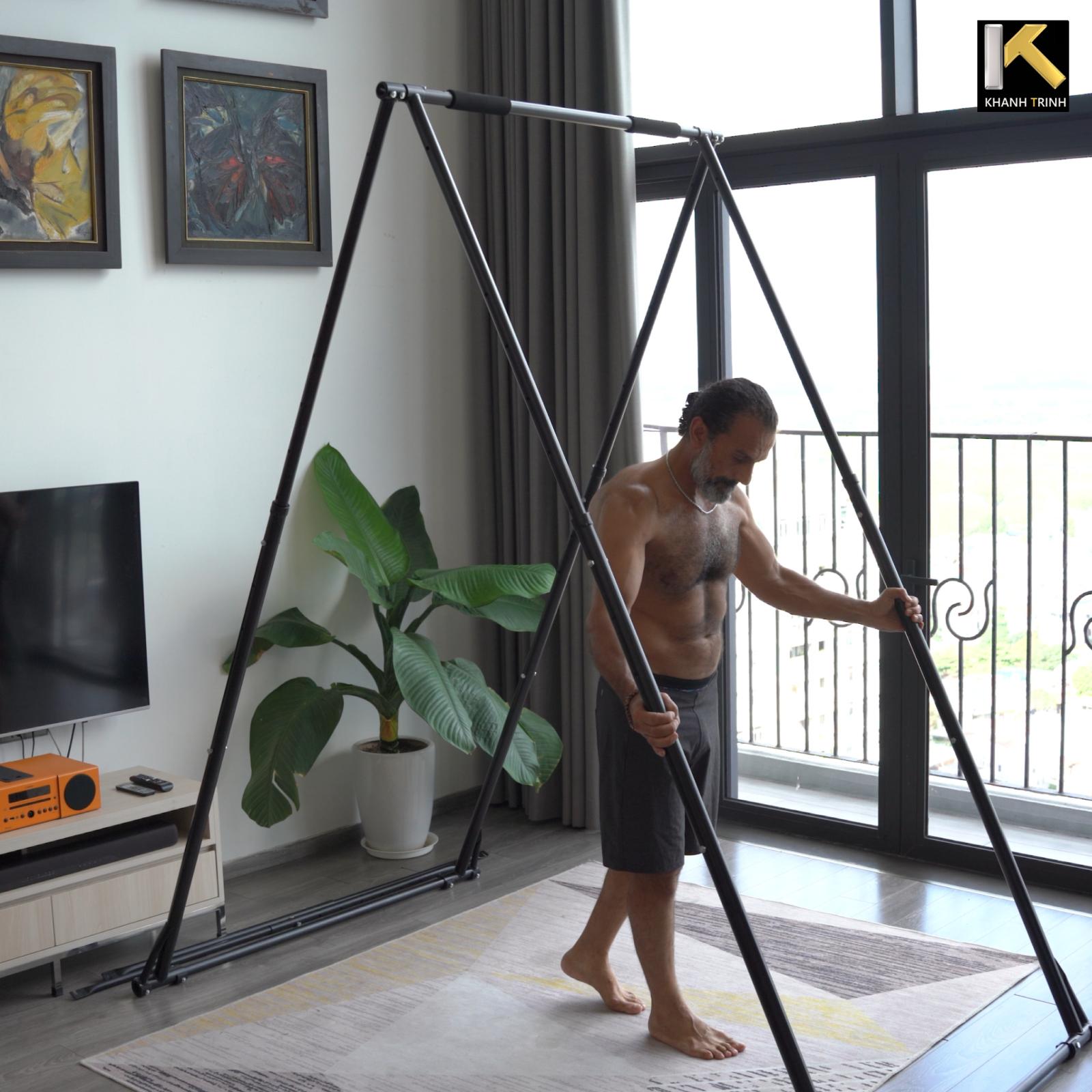Notifications

7 minutes, 53 seconds
-16 Views 0 Comments 0 Likes 0 Reviews

When we think of fitness, we often focus on strength training, cardio, or endurance exercises. However, one crucial aspect of fitness that often gets overlooked is flexibility. Stretching is often relegated to a quick warm-up or a cool-down, but its benefits extend far beyond just preventing injury. In this article, we’ll explore why flexibility should be a consistent part of your fitness routine, how it can enhance your overall health, and how you can incorporate it into your daily life.
Flexibility refers to the ability of a muscle or group of muscles to lengthen and allow for joint movement. This capability plays a critical role in almost every aspect of physical activity. Without sufficient flexibility, our range of motion can be limited, and movements may become inefficient or even cause injury. Stretching helps to lengthen muscles, improve joint mobility, and enhance overall flexibility.
Prevents Injury
One of the primary reasons people stretch is to prevent injury. Tight muscles and joints are more prone to strains, sprains, and tears. By incorporating regular stretching into your routine, you keep your muscles supple, which helps maintain a healthy range of motion. A flexible body is better equipped to handle the stresses of daily activities and intense workouts.
Improves Posture
Tight muscles, especially in the lower back, hips, and chest, can significantly affect posture. Over time, poor posture can lead to chronic pain and discomfort, as well as increased strain on your muscles and joints. Stretching can counteract the effects of prolonged sitting or standing, helping to open up the chest and release tension in the back. For instance, Chin-Up Bar Exercises for Posture can strengthen the muscles that support your spine, and when paired with stretches, they can improve your overall alignment and posture.
Enhances Mobility and Range of Motion
Flexibility directly impacts the mobility of your joints. A greater range of motion in the joints means you can perform exercises and movements with more ease and less restriction. Whether you're lifting weights, running, or performing bodyweight exercises, flexibility helps ensure that your joints are able to move freely and fluidly, reducing the likelihood of compensatory movements that could lead to injury.
Relieves Muscle Tension and Stress
Stretching isn’t just beneficial for the body; it’s also great for the mind. Stretching helps to relax muscles, reducing the physical tension that can build up throughout the day. This can be especially beneficial after a long day of sitting at a desk or engaging in intense workouts. Stretching promotes the release of endorphins, the body's natural mood-boosting chemicals, which can help relieve stress and improve mental clarity.
Increases Circulation and Blood Flow
When you stretch, you promote increased blood flow to the muscles. This enhanced circulation helps deliver oxygen and nutrients to the muscles, which supports recovery and overall health. Stretching after a workout can speed up muscle recovery by helping to remove metabolic waste products like lactic acid, reducing soreness and stiffness.
Now that you understand the importance of stretching, it’s time to incorporate it into your fitness routine. Here are some actionable tips to help you get started:
Include Dynamic Stretching Before Workouts
Dynamic stretches are active movements that gently prepare your muscles for the demands of exercise. These stretches can include leg swings, arm circles, or walking lunges. Incorporating dynamic stretching into your warm-up routine improves blood flow to your muscles and increases your range of motion, preparing you for the workout ahead.
Focus on Static Stretching After Workouts
Static stretching involves holding a stretch for 15 to 30 seconds. This type of stretching should be done after exercise, once your muscles are warm. It helps to improve flexibility over time. Focus on stretching major muscle groups like your hamstrings, quads, calves, and upper body. Hold each stretch gently and avoid bouncing to prevent injury.
Incorporate Yoga or Pilates into Your Routine
Yoga and Pilates are excellent ways to improve flexibility and overall body strength. Both disciplines focus on deep stretches and controlled movements that enhance flexibility while also improving balance, coordination, and mental focus. These practices can complement your strength training or cardio routine, allowing for a well-rounded fitness plan.
Strengthen Muscles with Chin-Up Bar Exercises for Posture
While stretching is important for flexibility, strengthening key muscles is equally essential for maintaining good posture and overall mobility. Chin-up bar exercises are fantastic for building upper body strength, particularly in the back and shoulders. These exercises, when combined with regular stretching, can improve your posture, reduce tension in your spine, and keep your body in alignment.
Stretch Daily for Best Results
Like any other aspect of fitness, consistency is key when it comes to flexibility. Aim to stretch every day, even if it’s just for a few minutes. The more consistently you stretch, the more flexible you’ll become, and the more benefits you’ll reap in terms of injury prevention, posture improvement, and overall muscle health.
Flexibility is a powerful tool that can enhance your overall fitness and well-being. It goes far beyond simply preventing injury; it can improve your posture, enhance mobility, and reduce muscle tension. Incorporating stretching into your fitness routine doesn’t have to be complicated or time-consuming. With the right approach, flexibility can become an integral part of your workout regimen, helping you feel and perform your best. Whether you’re using Chin-Up Bar Exercises for Posture to strengthen your back or incorporating yoga to increase flexibility, the key is consistency and dedication. Stretch your way to better health—your body will thank you.

